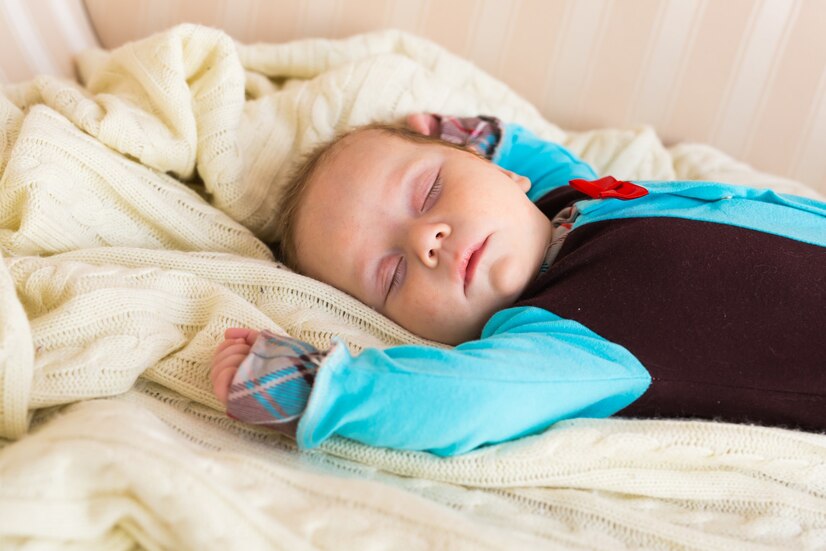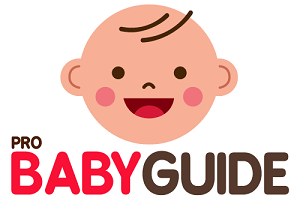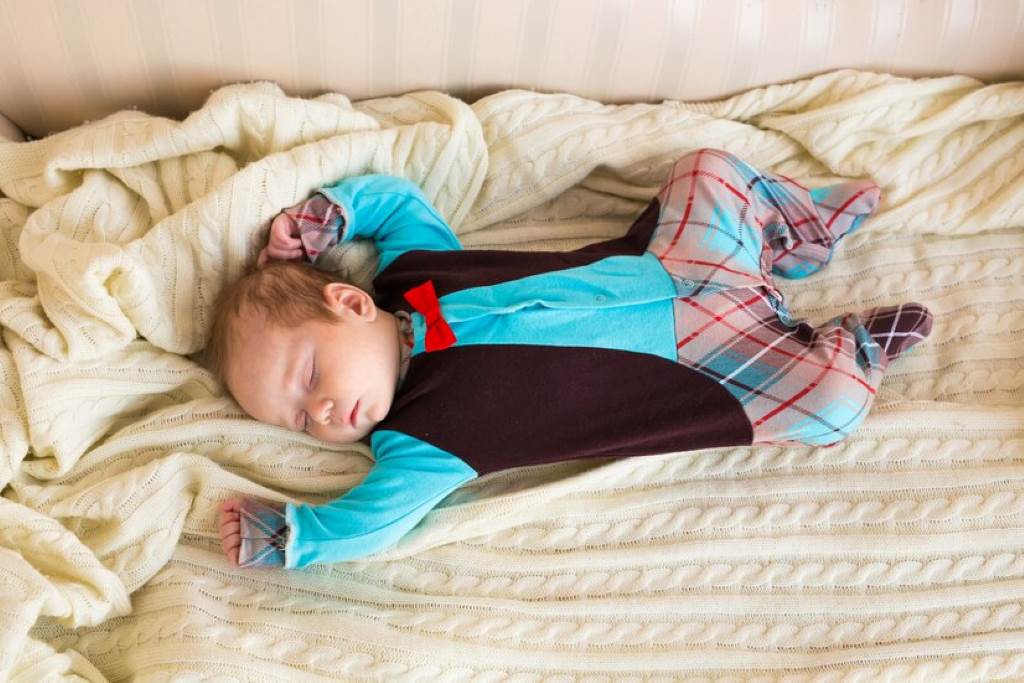Having a baby with a stuffy nose can be a challenge for both the little one and the parents. When babies are congested, their sleep is often disrupted, and their discomfort can worsen depending on how they are positioned during sleep. As a parent, ensuring your baby is in the right sleeping position is crucial to helping them breathe easier and sleep soundly. But certain positions can make their stuffy nose worse, leading to a restless night.
In this article, we’ll delve into the worst sleeping positions for babies with a stuffy nose and provide expert-backed insights into how to optimize their sleep. By understanding the impact of each sleeping position on your baby’s breathing, you’ll be empowered to make better decisions and create a more restful environment for your baby.
The Importance of Proper Sleep for Babies with a Stuffy Nose
Before we dive into the specific positions to avoid, let’s first understand why sleep is critical when your baby has a stuffy nose. Babies rely heavily on deep, uninterrupted sleep to recover from illness and maintain overall health. Congestion can affect their ability to breathe through their nose, leading to frustration, anxiety, and disrupted rest. Moreover, poor sleep due to nasal congestion can increase irritability and make it harder for babies to stay calm.

Ensuring that babies sleep in an optimal position can improve airflow, reduce discomfort, and even shorten recovery times.
Sleeping on Their Stomach: A Major Red Flag
One of the worst sleeping positions for any baby, especially when they have a stuffy nose, is sleeping on their stomach. Although some parents might instinctively think that lying on the stomach might ease nasal congestion, this position does the opposite.
Research shows that stomach sleeping increases the risk of Sudden Infant Death Syndrome (SIDS), and babies are at higher risk when they sleep on their stomach. The American Academy of Pediatrics (AAP) strongly advises against this position for all infants under one year old. When babies lie on their stomachs, their airways can become obstructed, making it harder for them to breathe, especially when they are congested.
Why Avoid It:
- Obstruction of airways: With a stuffy nose, lying on the stomach can compress the chest and make it even harder for babies to breathe.
- Increased risk of SIDS: Stomach sleeping is strongly linked with an increased risk of sudden infant death.
- Inefficient drainage: Lying on the stomach does not allow gravity to help clear mucus from the nasal passages.
Sleeping on Their Back: When Done Incorrectly
Although back sleeping is generally considered the safest position for babies, it can sometimes worsen nasal congestion in babies with a stuffy nose. Babies who sleep flat on their backs may struggle with nasal drainage, causing mucus to pool and block their airways.
Why It Can Be a Problem:
- Mucus buildup: Lying flat may prevent mucus from draining effectively.
- Difficulty breathing: Babies with a stuffy nose may find it hard to breathe in a fully supine position.
To mitigate this, experts suggest slightly elevating your baby’s head when they have a stuffy nose. A slight incline can help the mucus drain and make it easier for your baby to breathe, reducing the chances of choking or further blockage.
Side Sleeping: A Controversial Option
Side sleeping might seem like a good alternative to back sleeping, especially for a baby with a stuffy nose. However, this position can lead to uneven pressure on the baby’s spine and affect their overall development. Plus, babies who sleep on their sides are at risk of rolling onto their stomachs, which, as mentioned earlier, can be dangerous.
Why Side Sleeping Is Not Ideal:
- Spinal misalignment: Constant pressure on one side of the body could interfere with your baby’s developing spine.
- Rolling risk: Babies can easily roll from their side to their stomach, which is unsafe.
The AAP does not recommend side sleeping, even though it may appear to offer relief to babies with congestion.
Sleep in a Car Seat or Swing: Not Recommended for Nighttime Sleep
While it might seem tempting to place your baby in a car seat or swing for relief, this is not a recommended position for babies with a stuffy nose, especially for extended periods.
Why You Should Avoid It:
- Increased risk of suffocation: Babies’ airways can become restricted in car seats or swings due to the angle of their head, especially if they fall into a slumped position.
- Breathing difficulties: The constrained position can prevent easy airflow and make it harder for babies to breathe freely.
- Not ideal for restful sleep: Babies are not meant to sleep in car seats or swings for long periods. These positions may prevent your baby from getting the restful sleep they need.
Proper Sleeping Positions for Babies with a Stuffy Nose
Now that we’ve discussed the positions to avoid, let’s look at the ideal sleeping positions that can help your baby rest more comfortably when dealing with congestion.
Elevate the Head
As mentioned earlier, slightly elevating the head can make a world of difference. Placing a small wedge or using a baby-safe pillow can help encourage mucus drainage and open up the nasal passages. However, it’s important not to overdo it—too much elevation could cause discomfort or increase the risk of choking.
Sleep on Their Back with a Slight Tilt
When your baby is sleeping on their back, a slight head elevation or tilt can help clear mucus and allow your baby to breathe easier. You can use a specialized baby wedge pillow that is designed for safe sleep, ensuring that your baby’s head is raised just enough to relieve congestion.
Use a Humidifier
A humidifier in your baby’s room can significantly reduce congestion. Moist air helps loosen mucus and soothe your baby’s airways, promoting easier breathing and better sleep. Just make sure to clean the humidifier regularly to prevent mold buildup.
Must Follow These Tips for Baby’s Comfort
- Saline nasal drops: Before bedtime, using saline drops can help clear out some of the congestion, making it easier for your baby to breathe.
- Steamy showers: Taking your baby into the bathroom and running a hot shower for a few minutes can create steam that will loosen mucus and make it easier to breathe.
- Keep baby upright: During the daytime, hold your baby upright as much as possible to help relieve congestion.
Conclusion
When your baby has a stuffy nose, the position in which they sleep can make a big difference in how well they rest and recover. The worst sleeping positions, such as stomach sleeping or improper back sleeping, can worsen congestion and make it harder for your baby to breathe. Instead, try slightly elevating the head, ensuring they sleep on their back with a slight tilt, and utilizing additional methods such as humidifiers or saline drops to ease congestion.
By being mindful of these positions, you can help ensure your baby gets the sleep they need, which is essential for their healing and well-being.




